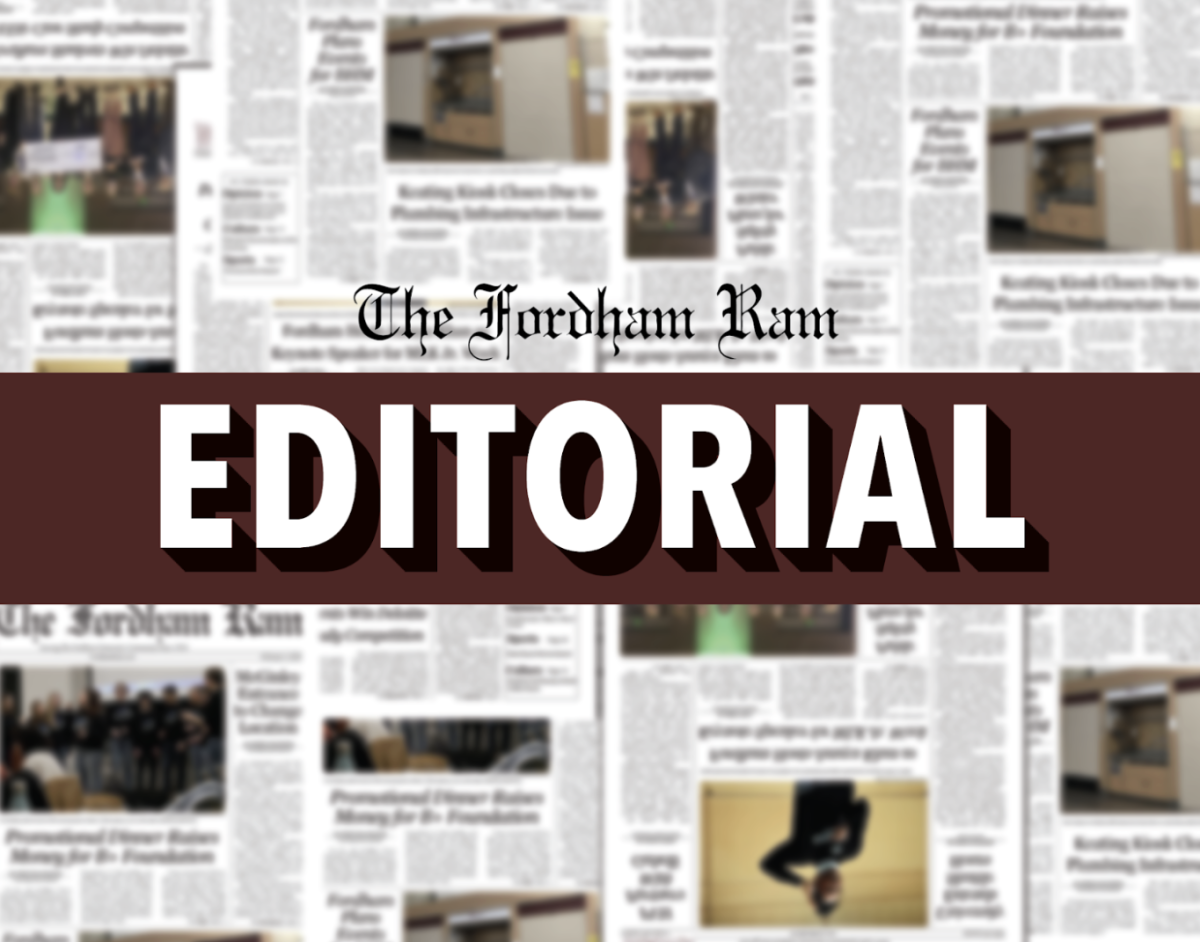There are always questions about safety when it comes to living in a big city like New York. But many of these safety issues just come with the territory of living in a concentrated area with a high volume of people. There are bound to be moments where safety is jeopardized simply because human nature makes it slightly more difficult to eradicate these incidents completely. However, there is a very specific concern that New Yorkers are facing that is completely solvable: subway platform security.
On Oct. 18, a 30-year-old woman was pushed onto the subway tracks at the 53rd Street/Fifth Avenue subway station. This shove resulted in her hitting her head on a moving subway and falling onto the tracks. She was brought to the hospital where she was found to be in critical condition. It is reported that the man who shoved her did so as a random act of violence and has been described by law enforcement as “emotionally disturbed.” There has been no update released on the woman’s condition at the time of this article’s publishing.
This year alone there have been 15 people pushed off subway platforms between Jan. 1 and Oct. 15. However, this statistic is an improvement from the same time period last year with the number tallying to 22 by Oct. 15, 2022. Among those incidents in 2022, one woman, Michelle Go, was killed after she was pushed into an oncoming R train at the Times Square station.
And while some of these shovings have been random acts of violence, many have been classified as a hate crime due to the targeted nature of the behavior. After 2020, there was an uptick of anti-Asian rhetoric and hate crimes against the community, including several violent incidents on subway platforms. This rise in anti-Asian hate crimes can partly be attributed to the rhetoric politicians used to describe COVID-19 and attribute blame for the spread, such as when former President Donald Trump referred to the illness as the “China virus” and one of his officials called it the “Kung-Flu.” While this is not the only reason the number of hate-fueled incidents against Asian people rose from 28 to 129 between 2020 and 2021, it did play a role.
These incidents are undeniably heartbreaking, but they are also stress-inducing for New Yorkers who rely on public transit. A visitor from Canada, said she “was troubled to learn that someone had been pushed but would continue using the subway because it was the least expensive and quickest way to navigate the city.” It is the city’s responsibility to abate this worry for New Yorkers as it is not a viable option to give up taking the subway altogether.
There has been an outcry for the Metropolitan Transportation Authority (MTA) to add platform barriers to block off the platform from the tracks allowing riders to get on the train through automated doors that open once the train has stopped. The MTA has resisted for years citing “special complexities” to installing these barriers in a system as old as the NYC subway system. However, in the wake of Go’s death in 2022, the MTA agreed to trial the barriers at three stations.
While New York has been hesitant to implement safety initiatives, other cities with even older systems have been able to add them recently. Among them are London’s Underground, opened in 1863, and the Paris Metro, opened in 1900, as well as other systems founded around the world more recently including Hong Kong and Singapore’s. Clearly, the age of a system is not the issue in implementation then. A 2015 study even found the safety doors to be highly effective in not only preventing accidents such as falling off or being pushed off the platform, but less litter falling on the tracks, which is a fire hazard, and trains don’t need to slow down when approaching the platform in fear of hitting a rider.
Additionally, if age of the system was really the main concern, the MTA is currently planning on building a whole new line within the next few years, the Interborough Express, that could be used as a trial before bringing the safety feature to the rest of the pre-existing system. The line is still in the planning stage which means there is time to add safety barriers to the list of benefits of this new line.
Furthermore, the MTA just raised subway fare from $2.75 to $2.90 in an effort to assist with operational costs such as updating traffic signals to make the system safer. In order to keep the subway safe enough to keep riders coming back to pay the fare used to update safety features, it would help if the subway was actually safe enough to not deter ridership that is already down in the wake of the pandemic.
The problem of subway platform safety is a completely solvable one if New York is willing to put the money where their mouth is and actually protect its residents instead of giving asinine reasons such as “special complexities.”










































































































































































































